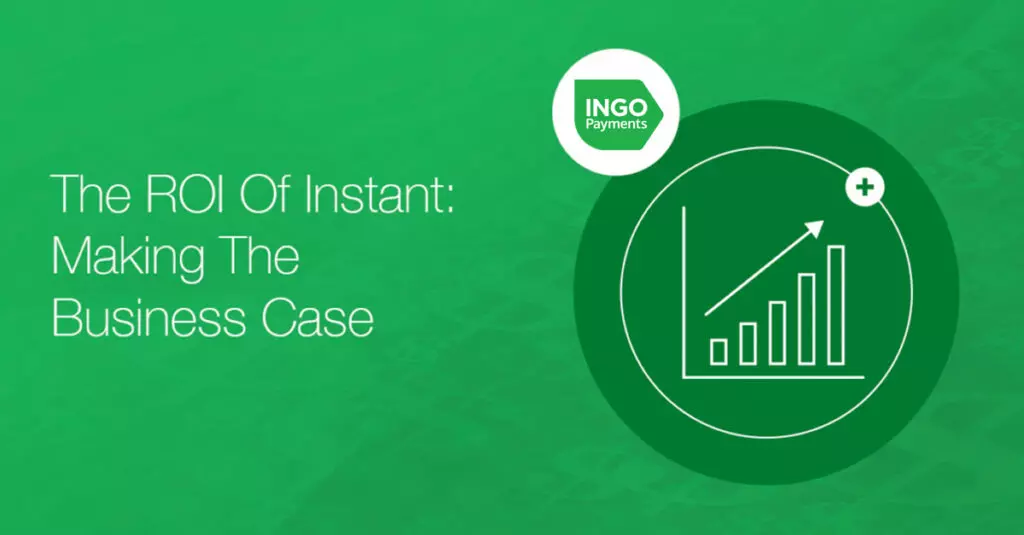There are two metrics a business can use to understand the value of instant payments. The first is how much it will save by stepping away from traditional payouts. The other is to evaluate the value of auxiliary services and features instant payments can offer (and potentially monetize to further increase revenue).
We hate to break it to traditional payment lovers who have built profitable businesses through old school methods, but Instant payments are fast becoming standard and even expected. This transition is inevitable. So the real question is not “What’s the ROI of instant payments?” but whether or not you want to stay in business.
The reality is, a company that’s mailing out checks or relying on anything but a modern disbursement system won’t be able to thrive in five years. The firms that will succeed in the rapidly approaching era of ubiquitous instant disbursements will need to instantly pay customers where, and when, they want.
The Cost of Traditional
Old school disbursements seem low-cost to companies who don’t have a finger on the pulse of new financial technology. But when you look closely at the cost of traditional payment methods like ACH transfers, wire transfers, or paper checks, you see that it all adds up quickly.
Checks, for example, can be 10 times more expensive than digital payments. And the numbers don’t get much better for ACH transfers and wire transfers. The median cost for ACH payments is $0.29, and domestic wire transfers can cost up to $35.00 per transfer. This is only the cost of the payment and doesn’t take into account the hours of labor that go into each payment.
These numbers tell the story of how many customers you’ll lose and the money you’re leaving on the table by not making a change.
Instant as the New Sticky
The fact that customers want their money fast isn’t surprising. For the two-thirds of Americans who report living paycheck to paycheck (or the 15 percent who report struggling to pay their bills while waiting on their paycheck), the appeal of instant is obvious. It puts money in their pockets and food on the table today.
On the other end of the economic spectrum, customers with enough money to make ends meet still want choices about how to use it and still encounter friction when trying to simply move money between accounts at financial institutions.
But this conversation isn’t just about instant payments. It’s also a question of where to send those instant payments. The right instant payment system is the one that goes to the account the consumer actually uses.
Instant payments with choices are starting to unlock the real potential of on-demand disbursements. That is what wins and retains customers. Consumers are drawn back to the experience that they know is going to be painless and fast. It’s what gives firms a real competitive advantage.
Leveraging Instant for Growth
Instant payments can do more than save a company money. They also provide a robust opportunity for revenue expansion. Many customers want instant payments so much that they’re willing to pay for it.
33% of consumers said they would pay additional fees for instant payouts. Even more interestingly, 38% of consumers want the ease of digital so much they would be willing to trade personal information for it. This can be used to provide real-time data, which can be monetized to offer value-added services, personalized offers, and more.
The Big Picture
Here’s the bottom line: checks will never disappear entirely. There will always be holdouts that are more comfortable with traditional payouts than higher tech, faster access to money. But as time goes on, customers are going to move toward instant more and more. The transformation is ongoing , but the fact remains that the demand for instant payments is on the rise, and fast.
While it’s important to embrace the increased speed and access to money than instant payments provide, it’s also worth thinking about future possibilities that instant payments might open up. Once a modern disbursements system is in place, and consumers have the same level of choice in receiving money as they do when spending it , the possibilities are endless for future growth and ever increasing money mobility, which is a win-win for customers and businesses alike.
